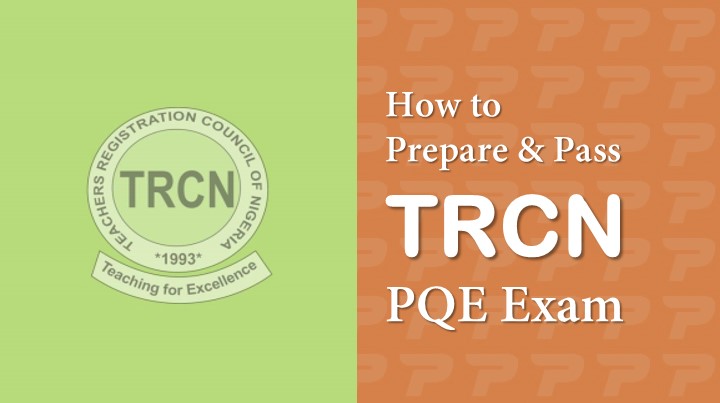Last Updated on September 28, 2024 by Uncle Pat Ugwu
With the rapid growth of technology and how it affects many parts of our everyday lives, the need to learn and educate about these new technologies cannot be overstated. In view of this, I have come to share types of blended learning models with you in this post.
Blended learning has significantly gained popularity in recent times, and education professionals have promoted this method of learning because of its numerous advantages. This includes interactive and engagement, real-time solutions, and so on.
To understand what types of blended learning are, let us begin by getting to know what blended learning means in the actual sense. Please consider checking other educational technology terms.
What is Blended Learning?
Blended learning is a hybrid learning style of education that blends traditional place-based classroom methods with online instructional materials learning methods. Blended learning moves education beyond the 4 walls of the classroom and makes learning resources universally accessible using the power of internet technology.
This hybrid method of learning has helped to engage different types of learners such as the traditional accustomed learners and online-based learners. You may want to read this comparison of online vs offline learning methods.
Types of Blended Learning
It is now time for us to look at different types of blended learning.
1. Rotation Model
This model of blended learning simply means the use of different teaching methods adopted by teachers. They include face-to-face lectures, discussions, questions and answers, group assignments, or independent study time.
The rotational model of learning is done in the physical classroom, but it can also include online learning. It requires that students follow a fixed or scheduled method at any given time.
This category of blended learning can be subdivided as follows:
a. Flipped Classroom
The flipped classroom is a method of learning where students are introduced to online learning resources. The students will have to remotely complete the lessons before they come to the physical classroom for discussion, assessment, and correction.
b. Station Rotation
This model requires that the rotational teaching methods mentioned above are done on a particular subject in a physical classroom.
c. Lab Rotation
The lab rotation learning style is a switch between online learning and lab practical experience. Here, students watch video simulations or illustrations online, then use physical equipment in the lab to practicalize their learning.
d. Individual Rotation
In this learning method, a student spin between some or all the station learning methods. Sometimes, teachers or computer algorithm is used to make these schedule for an individual student.
2. Flex Model
The flex model of learning primarily focused on the delivery of lectures through online classes. Although, there may be an exception when offline classes are required. Group or collaborative studies are encouraged amongst learners.
Most of the institutions that adopt this method of learning do have facilitators to guide the students on what to do or help them to understand difficult concepts.
3. A La Carte Model (Sef-Paced Model)
The A La Carte blended learning model encourages students to take additional online courses as a supplement to the physical classroom courses. These additional courses can be on-site or remotely.
This is different from the fully online learning method. Don’t forget that the online learning method has synchronous and asynchronous learning methods.
4. Enriched Virtual Model
This learning model allows students to spend most of their time online remotely completing assignments, complemented with necessary in-person learning sessions with their teacher. While online learning is essential to the Enriched Virtual model, it varies from full-time virtual schools in that face-to-face learning is obligatory rather than optional, as it is in full-time virtual schools.
In fact, many full-time virtual schools have switched to an Enriched Virtual model in order to give kids the critical experiences of a school site.
Benefits of Blended Learning in Corporate Training
Now, let us look at the benefits of blended learning
- A combination of offline and online training methods gives you the best of both worlds. In comparison to a single-method approach, blended learning is more adaptive and versatile.
- Blended learning can help you save money on training since having fewer trainers for less time equals fewer fees for travel and lodging.
- Employee feedback is utilized to determine their performance levels.
However, typical training approaches make it difficult for employers to acquire employee feedback on a regular basis. - An effective training plan accommodates each individual’s schedule.
The training curriculum should be accessible at all times. - Combining instructor-led training with online courses provides a unique chance to tailor training to employees’ specific skill and knowledge levels.
- Is the online class moving too quickly? Press the pause button. Do you need help grasping a certain concept? Discuss during the face-to-face meeting. Whatever your employees’ demands are, blended learning can accommodate them.
- A mixed learning strategy ensures that all of your employees, whether visual, auditory, or kinesthetic learners, are reached.
Final Thoughts
These different types of blended learning do not just reveal blended learning as cost-effective but also show that it encourages personalized learning with other flexibilities.
Including elements of blended learning in your institution and even in corporate training increases the effectiveness of the studies and also minimizes cost. I will encourage you to check out my post on cloud computing in education.
Please use the comment section below to ask your question or share your view. Consider joining our Facebook Group to meet with other great teachers who are interested in EdTech. Also, subscribe to this blog by email and through our YouTube and Telegram Channels to receive regular EdTech updates.







